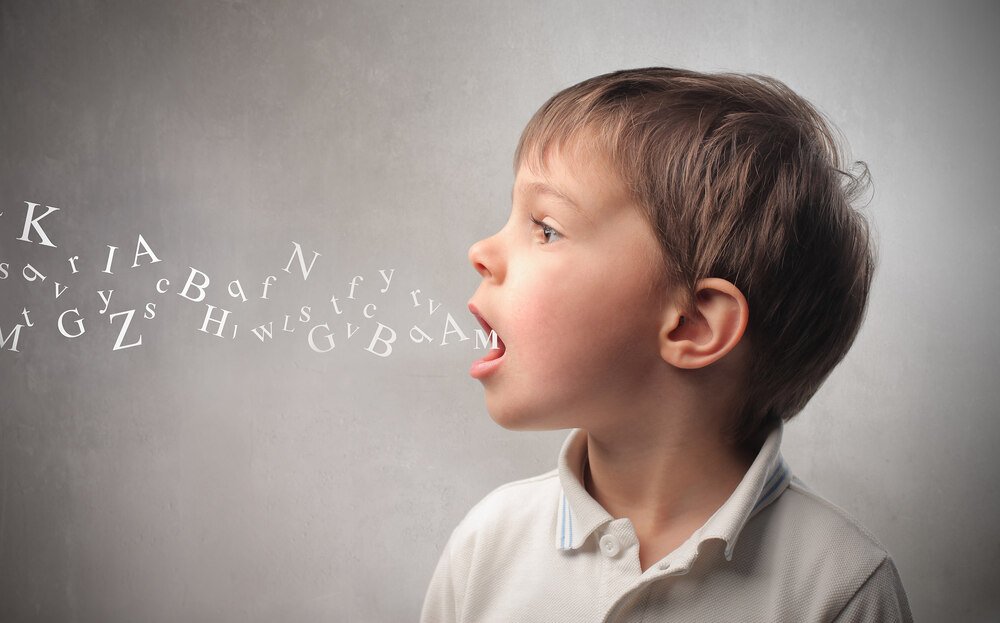Playful Learning: How Speech Sound Cue Cards Make Language Exciting for Children

In the journey of childhood development, language acquisition stands as a pivotal milestone. It is not merely about uttering words but about comprehending, articulating, and eventually expressing thoughts and emotions. For children, learning a language should be an adventure, a journey filled with curiosity, excitement, and playfulness. Speech sound cue cards emerge as a dynamic tool in this quest, infusing the process with creativity and fun.
The Importance of Playful Learning
Play is the language of childhood. Through play, children explore, experiment, and make sense of the world around them. Incorporating playful elements into learning fosters engagement and enhances retention and understanding. Regarding language acquisition, playful learning becomes even more crucial as it stimulates multiple senses and facilitates active participation.
The Role of Speech Sound Cue Cards
Speech sound cue cards are a versatile resource designed to assist children in grasping the intricacies of language sounds. These cards typically feature colorful images paired with corresponding phonetic symbols, visually representing speech sounds. Incorporating a tactile element engages children on a multisensory level, making learning enjoyable and effective.
Engaging Children in Phonemic Awareness
Phonemic awareness, the ability to identify and manipulate individual sounds in spoken words, forms the foundation of literacy. Speech sound cue cards provide an interactive platform for developing this crucial skill. Children can playfully strengthen their phonemic awareness through games, activities, and hands-on exploration. Matching pictures with sounds, sorting cards based on initial sounds, and creating silly sentences are just a few examples of activities that can be facilitated using these cue cards.
Fostering Vocabulary Development
Expanding vocabulary is another crucial aspect of language learning. Speech sound cue cards facilitate vocabulary development by associating sounds with corresponding words and images. Children can explore various vocabulary words, from everyday objects to abstract concepts, while honing their pronunciation skills. These cue cards ignite children’s curiosity and enthusiasm for learning new words by making vocabulary acquisition enjoyable and interactive.
Enhancing Articulation and Pronunciation
Clear articulation and accurate pronunciation are essential components of effective communication. Speech sound cue cards provide targeted support by highlighting words’ specific sounds. Children can practice articulating sounds in isolation and context, refining their pronunciation skills in a playful setting. Incorporating movement and repetition further reinforces sound production, allowing children to master challenging phonetic patterns with ease.
Promoting Language Play and Creativity
Language play, characterized by experimentation with words, sounds, and meanings, nurtures linguistic creativity and flexibility. Speech sound cue cards encourage language play by inviting children to explore the diverse sounds of language in a supportive environment. From inventing rhymes and tongue twisters to creating imaginative stories, children can unleash their creativity while developing linguistic agility. By embracing language play, children cultivate a deeper appreciation for the richness and versatility of language.
Building Confidence and Self-expression
Confidence plays a pivotal role in language acquisition. Children are more likely to actively communicate When they feel confident in their ability to produce and comprehend language. Speech sound cue cards contribute to building this confidence by providing a structured yet playful approach to language learning. As children master new sounds and words through interactive activities, they gain a sense of achievement and empowerment. This newfound confidence fuels their willingness to express themselves freely and fluently.
Supporting Different Learning Styles
Every child learns differently, and effective teaching strategies should accommodate diverse learning styles. Speech sound cue cards cater to various learning preferences by incorporating visual, auditory, and kinesthetic elements. Visual learners benefit from the colorful images and phonetic symbols displayed on the cards, while auditory learners engage with the sounds through listening and repetition. Kinesthetic learners thrive on hands-on activities that involve manipulating the cue cards and participating in interactive games. By embracing a multimodal approach, speech sound cue cards ensure every child can actively participate and succeed in language learning.
Conclusion
In childhood language acquisition, playful learning is a gateway to exploration, discovery, and mastery. Speech sound cue cards emerge as a valuable tool in this journey, infusing language learning with creativity, engagement, and excitement. These cue cards foster holistic language acquisition while nurturing children’s confidence and self-expression by integrating playful elements into phonemic awareness activities, vocabulary development, articulation practice, and language play. Through the marriage of playfulness and learning, speech sound cue cards transform language education into a dynamic and joyful adventure for children worldwide.






